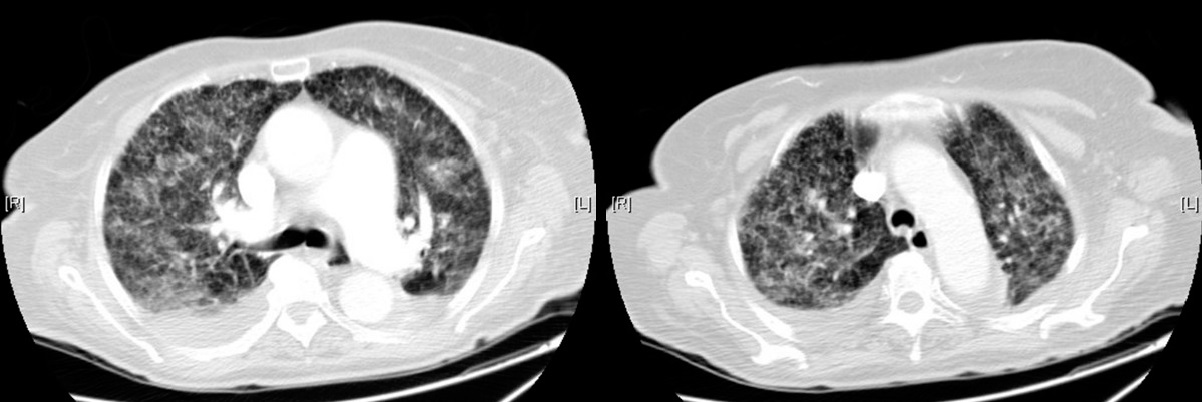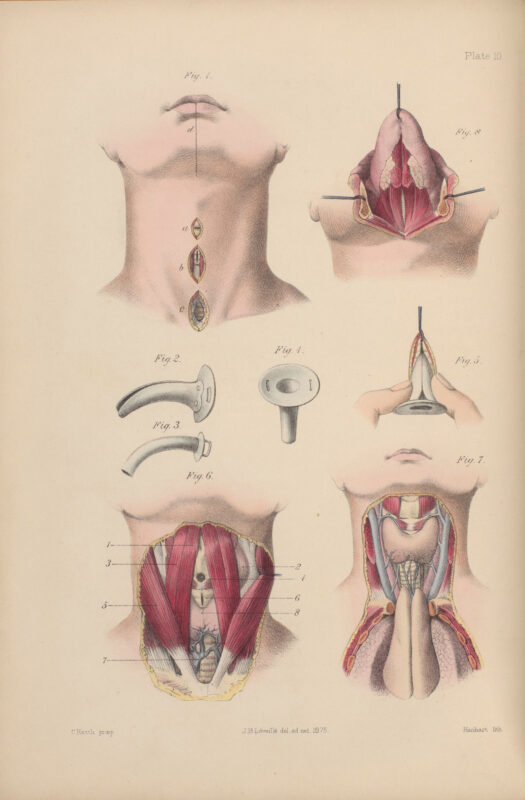This season is about airway management or “Airways That Scare Me” and this episode, we discuss the respiratory unstable patient or the patient who’s a “physiologically difficult airway” because they have bad lungs.
We were incredibly lucky to have the amazing Robi Khemani from CHLA, a world expert on respiratory disorders in #pedsICU, join us and be able to share his thoughts and how he actually does things in practice – the toys he likes, how he gets the most from the toys he actually has, who he’s worried about and how he assesses patients for extubation.
It’s not just about putting the tube in, it’s about that whole high risk period of peri intubation. And with better drugs and devices we’ve opened a big space between low flow oxygen and invasive ventilation which makes decision making trickier.
Here we focus on that difficult decision making and the patients that really scare us. If you haven’t heard it yet, our previous episode on team, environment, and equipment is very relevant here.
Featuring special guest Robinder Khemani from Children’s Hospital LA and regular hosts @drpetaalexander @BostonChildrens @drgregkelly @SCHNkids and @Karen_Choong @MCH_childrens
No time to listen or want to participate in the discusion? You can find a full Tweetorial of this episode on Twitter @pedsintensiva with a link right here on the episode page – please feel free to share and comment, we absolutely love to hear what you think!
Read the full tweet thread of the episode and
contribute to the conversation
New episode & already a favorite – what are “The Airways That Scare” Robi Khemani @ChildrensLA?
— Pediatrica Intensiva:The Art & Science of #pedsICU (@PedsIntensiva) August 1, 2024
What does a world leader in #pedsICU resp disease actually do w his toughest patients? https://t.co/BXX9gcYbPW#AirwayManagement #resus@drgregkelly @drpetaalexander @karen_choong
How to search Tweet threads using Twitter advanced search:
Twitter advanced search enables you to search @PedsIntensiva’s tweet threads for keywords. Just enter your search terms in “Words” and @PedsIntensiva in “From these accounts".
Selected references
1.Mosier, J. M. Physiologically difficult airway in critically ill patients: winning the race between haemoglobin desaturation and tracheal intubation. Br. J. Anaesth. 125, e1–e4 (2020).
2.Weingart, S. D. & Levitan, R. M. Preoxygenation and Prevention of Desaturation During Emergency Airway Management. YMEM 1–12 (2011) doi:10.1016/j.annemergmed.2011.10.002.
3..Gibbs, K. W. et al. Noninvasive Ventilation for Preoxygenation during Emergency Intubation. N. Engl. J. Med. 390, 2165–2177 (2024).
4.Green, S. M. A is for airway: a pediatric emergency department challenge. Annals of Emergency Medicine 60, 261–263 (2012).
- Neuhaus, D., Schmitz, A., Gerber, A. & Weiss, M. Controlled rapid sequence induction and intubation – an analysis of 1001 children. Pediatr Anesth 23, 734–740 (2013).
- Khemani RG, Hotz J, Morzov R, Flink R, Kamerkar A, Ross PA, Newth CJ. Risk factors for pediatirc post-extubation upper airway obstruction using a physiology based tool. Am. J. Respir. Crit. Care Med, 2015; Sept 21 (Epub) PMID: 26389847
- Khemani RG, Smith LS, Zimmerman JJ, Erisckson S, on behalf of the Pediatirc Acute Lung Injury Consensus Conference Group. Pediatric acute respiratory distress syndrome: definition, incidence, and epidemiology: proceedings from the pediatric acute lung injury consensus conference. Pediatric Critical Care Medicine 2015; Jun 16 (5 Suppl 1):S23-40. PMID 26035358
- Khemani RG, Thomas NJ, Venkatachalam V, Scimeme JP, Berutti T, Schneider JB, Ross PA, Willson DF, Hall MW, Newth CJ on behalf of Pediatric Acute Lung Injury and Sepsis Network Investigators (PALISI). Comparison of SpO2 and PaO2 based markers of lung disease severity for children with acute lung injury. Crit Care Med, 2012; 40(4) 1309-16. PMID: 22202709
Season 4, Episode 5
Published: July 12, 2024
Run time: 55 min

